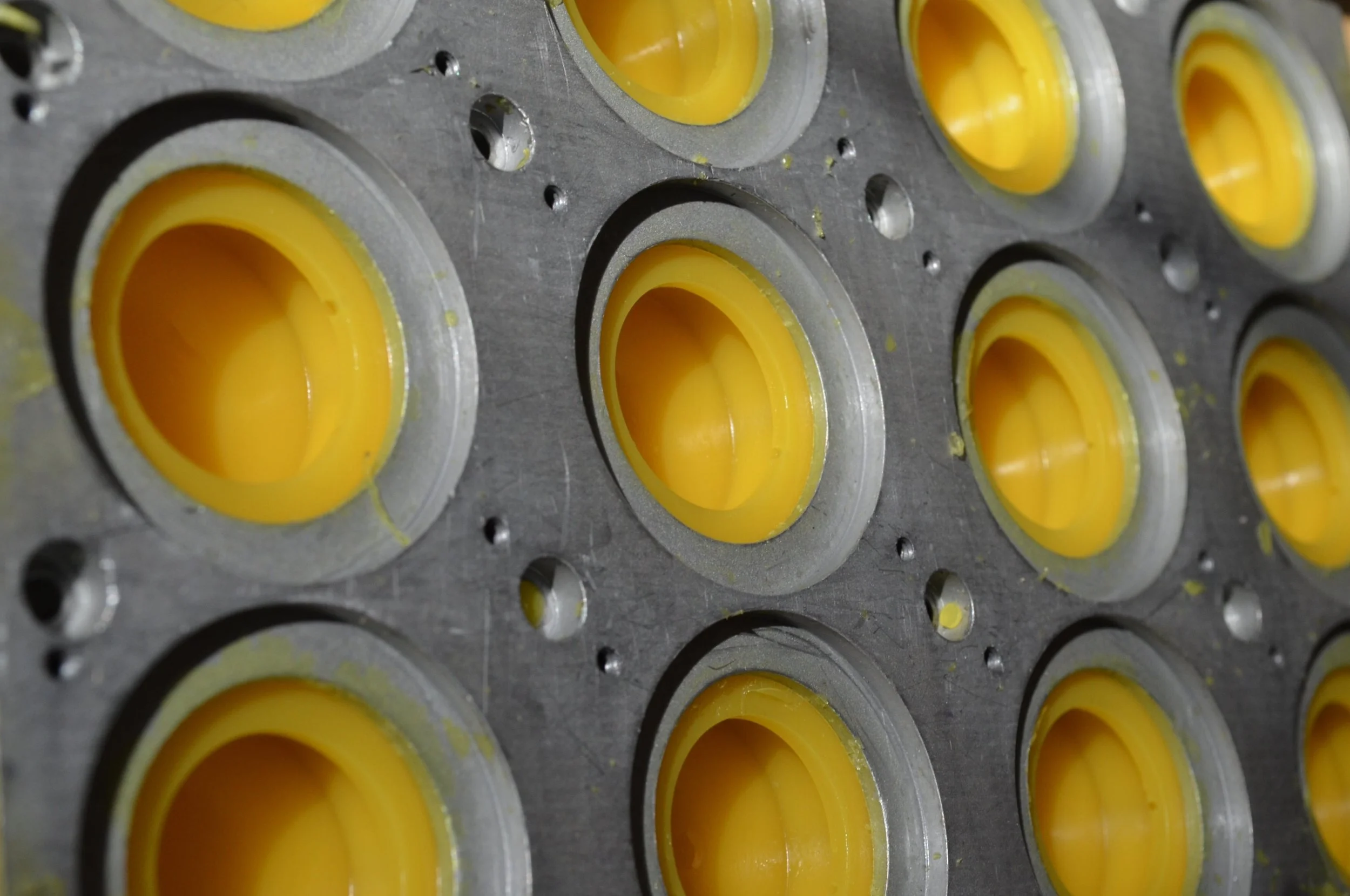Design:
Engineering Communities:
Seen/Unseen:
Waste:
- An interesting story on prolific electronics recycler Eric Lundgren running afoul of Microsoft. Lundgren had commissioned the creation of almost 30,000 system restore discs, intended to make up for the fact that computers making it to the refurbishment stage have generally lost those discs long ago. Lundgren said he had no plans to sell the disks, but Microsoft claimed lost sales in the hundreds of thousands, and prosectors are seeking a prison sentence along with a fine. While keeping resource intensive goods circulating longer is critical for reducing environmental harm, the majority of business models still require churning out ever-increasing quantities of new widgets, and any disruption to that model is treated as a grave threat.
- Parley is a sort of business-design consultancy that has the aim of eliminating plastic. A recent high profile project of theirs is a collaboration with adidas, where shoes are made (partly) from the plastic waste pulled from the world's oceans. While we agree with many of the points made by Parley's Cyrill Gutsch (we need to consume less plastic, and design plastic out of products), the reality is more complicated and thorny. While plastics can be incredibly damaging, they have some upsides, e.g. creating lighter structures, which reduce transportation energy vs. materials like metal, glass, or wood. The ocean waste shoes, like almost any other sneaker, are designed as a consumable product, with no real ability to repair or replace components, and only vague references are made to bio-plastics as an alternative to our collective dependence on fossil fuel derived polymers. We're hopeful that there is something more real and substantial here than the eco-tinged greenwashing of the same consumer brands that create so much waste in the first place, but the that kind of engagement will require more tactical nuance and discipline (on both producer and consumer side) than the interview suggests.
More next week.
Design:
- Design is always about crafting the possibility space through form, structure, permissions, features, and feedback loops. What we build, and how we decide to build it creates conditions for the political and cultural options that will happen next. When an existing system of explicit or implied rules is transgressed, new possibility spaces emerge from the rupture, unplanned for by the original designer. As Cade says "Technology inherits the politics of its authors, but almost all technology can be harnessed in ways that transcend these frameworks."
- A review of the exhibition "Hello, Robot: Design Between Human and Machine" ruminates on the role of designers in making robots relatable. The article overstates the pace of change in robotic capabilities, but the larger call to designers to think carefully about the outcomes of their actions in the context of automated systems is a good one.
- Mike Monteiro's take on the design industry's current state of bad methodologies and dire consequences. We agree with much of what he says (the endless focus on speed is bad for design, and bad for everyone who has to deal with the products of careless, rushed design), but the call for professionalizing the work through a gated system is more difficult to implement in a responsible way that rises above empty promises and gatekeeping.
- Costume designer Ruth Clark's research driven approach to developing the look of characters in Black Panther.
Up in the Air:
Building Things:
Mapping Marketplaces:
More next week.
Design:
Communication:
- The ways we use the internet to communicate, to search, to shop, and research are increasingly visuals-first. Media theorists at Snapchat have been talking about the sea change from photo-as-record to photo-as-communication for years now, and while that company has floundered some, the concept of a visual vernacular has taken root across a number of platforms and devices.
- Autonomous vehicles are continuously hyped as a quickly evolving, near-term technology, but the current state of moving ourselves and goods across the world is still steered by fallible, fatigable humans. For truck drivers, long hours are the norm, which makes the hypnotic wave of the highway more likely. Regulations have been written to require rest, but solving for behavioral aspects is the real key. A new sensor system deployed in the midwest hopes to address that by notifying drivers of parking availability at rest stops.
Engineering Communities:
Body/Image:
- More than elite runway shows, social media influencers are swaying customers and helping trends rise to prominence and stay there. The Cut has a great article detailing the evolution of this model, and how the delicate balance of luxury brand aspirations and mundane daily life seems to have more psychological pull than glossy fashion magazines. With the infinite scroll of a smart phone screen, the slick objects-as-lifestyle imagery can run on as long as our desirous eyes allow it.
More next week.




